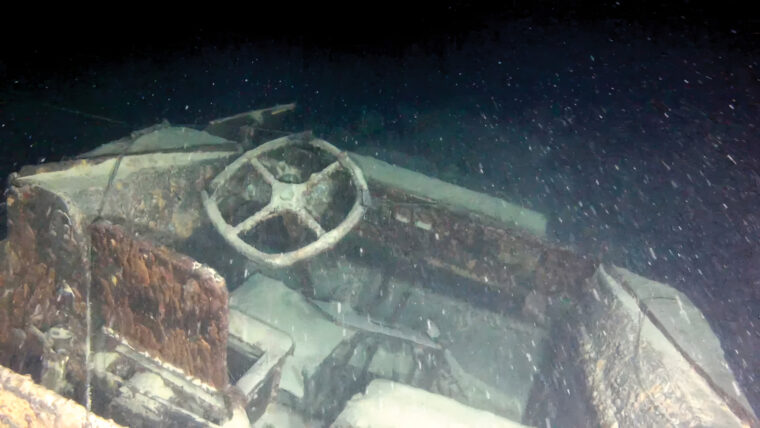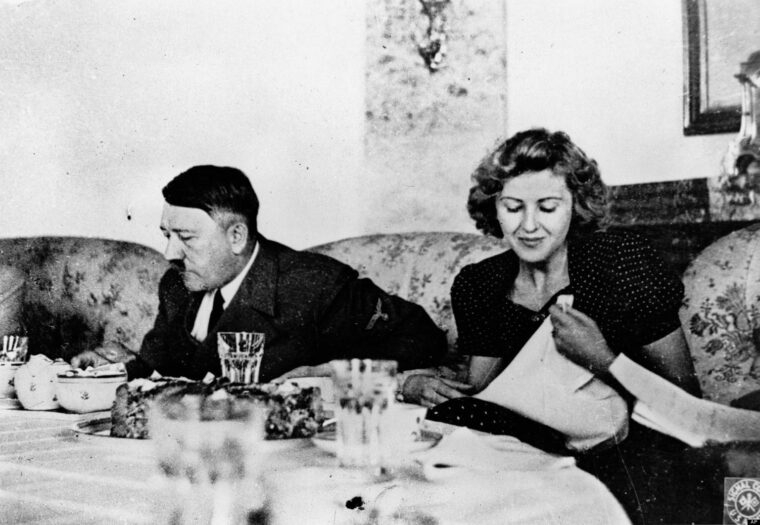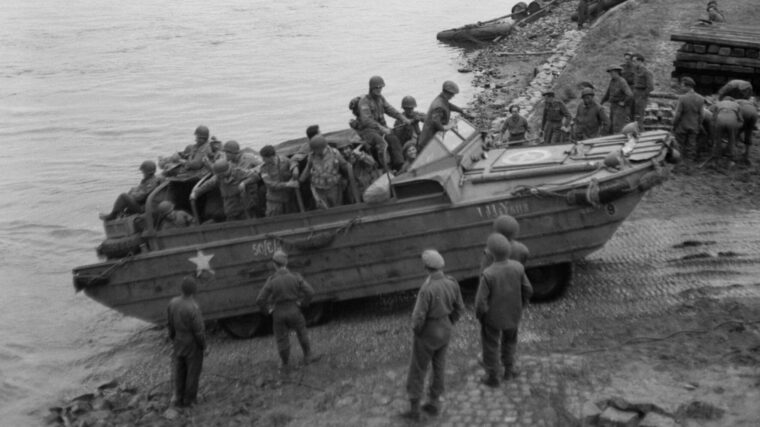
WWII
Getting Goosebumps
This year I feel deeply honored to have been chosen by the Smithsonian Institution to lead three 70th anniversary D-Day trips to England and France (one took place in May; the other two are scheduled to take place in September and October). Read more























